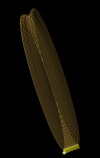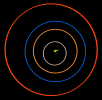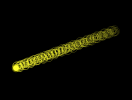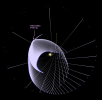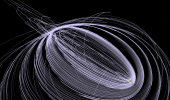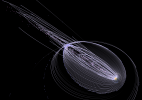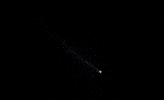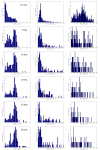tohuwabohu said:Thank you guys for your support, I appreciate it very much. Well step by step the informations keep adding little by little so we will see where it will lead. I am just afraid that the associate professor position will left me with less time on my hands. Moreover teaching is not only time consuming but also exhausting. But the bright side is I can support others some more as mkrnhr said. So what can I do, I will just enjoy the ride and see where it takes me.
MusicMan I agree with you, moreover I think that the inner solar system is loaded with dust which is then collected as the Earth sweeps through it on her orbital journey. But of course I cannot prove it because we are working with very limited data here. Perhaps the amount of dust in the atmosphere even seasonally oscillates.
I am just trying to understand what is going on in some general terms, and if the companion throws a lot of rocks into the inner solar system then the dust is integral part of it. We can enjoy the fact that one can get to same results via different ways. So perhaps some dust expert is scratching his head as he is looking at his dust samples and thinks that something is not right. :)
On the subject of dust, you would imagine that the particles of lesser mass would be the ones most affected by the gravitational pull of passing objects, so that they would be the ones that arrive first.
In other words, if you are starting to see a lot of smaller meteorites, flashing through the sky, then the larger ones will be following on their heels, and it's time to take cover.
I guess its impossible to calculate that sort of thing, maybe you could model a medium size object, and extrapolate backwards for the smaller ones, and forwards for the larger ones.
A good size to aim for would be an object that could flatten a city.
Anything larger would be even more of a worry.
Anything less might only be startling to most people, and could be neglected.


